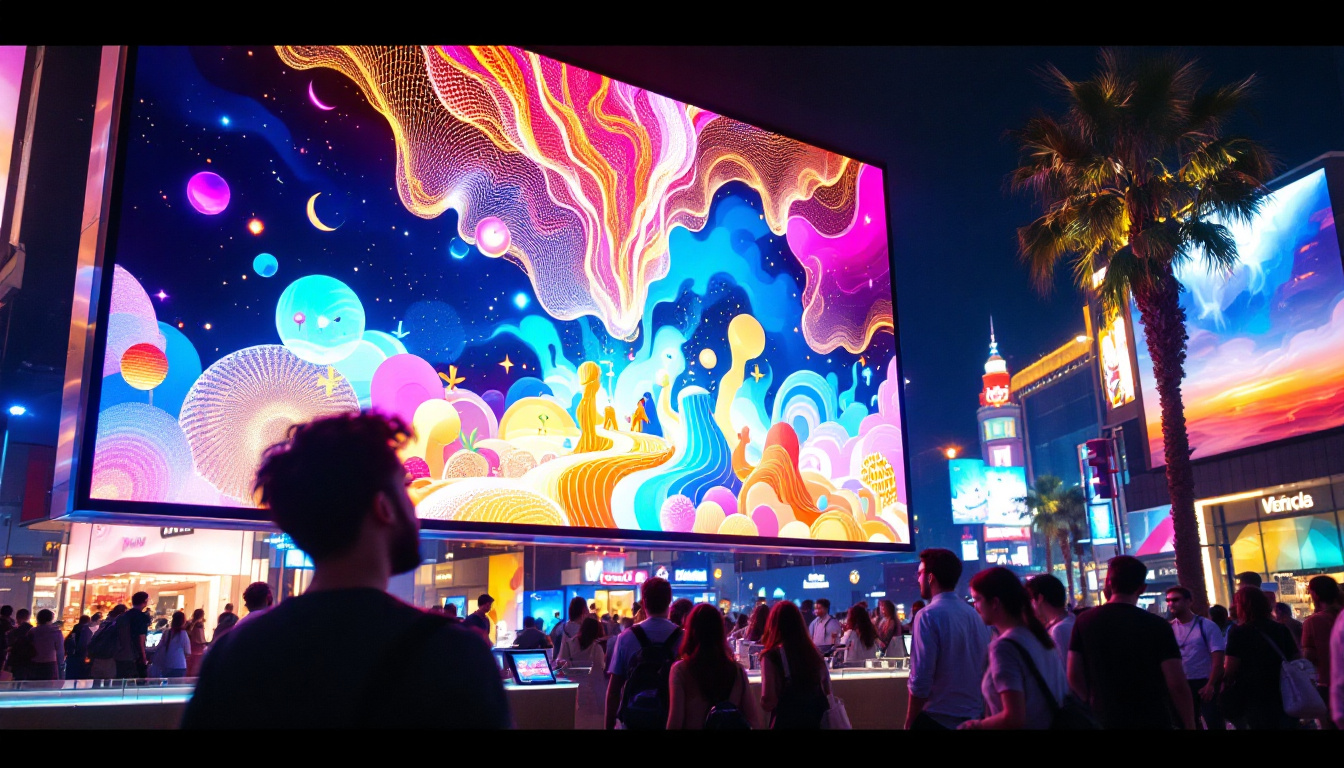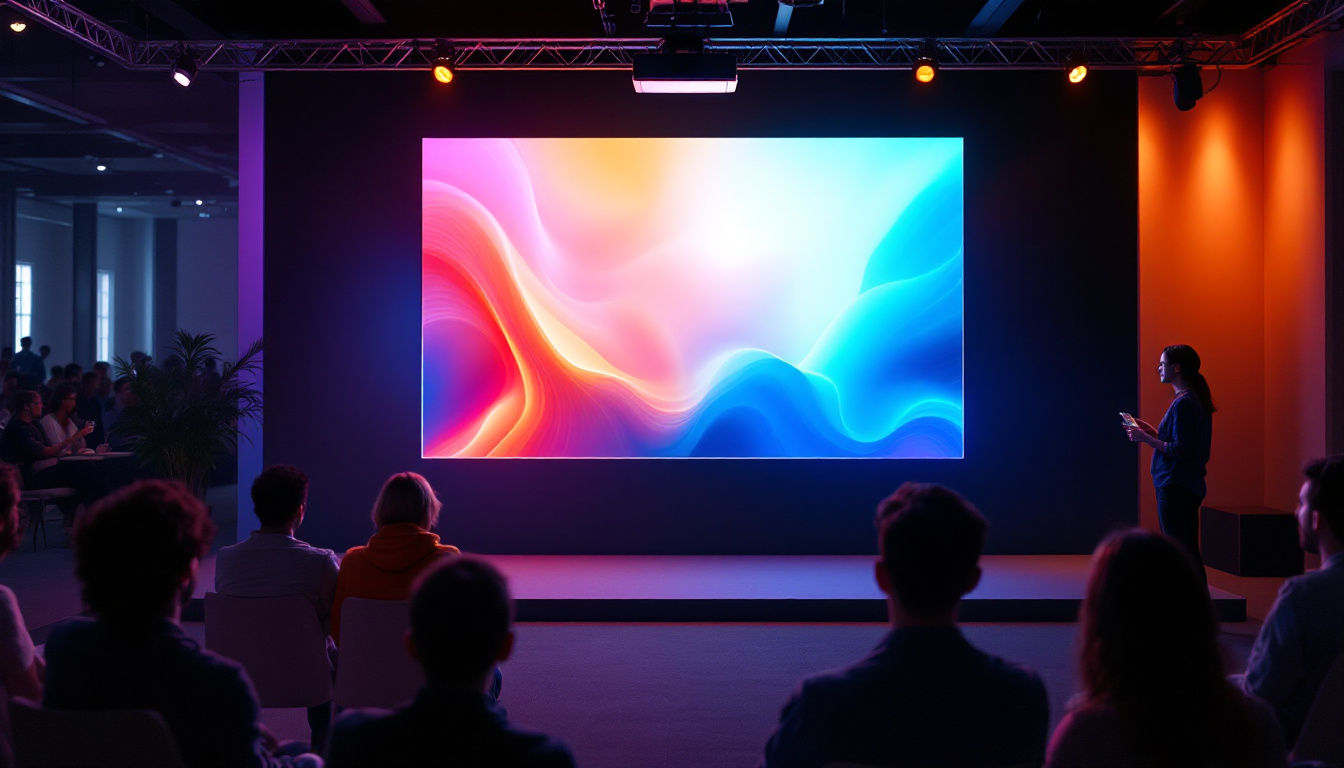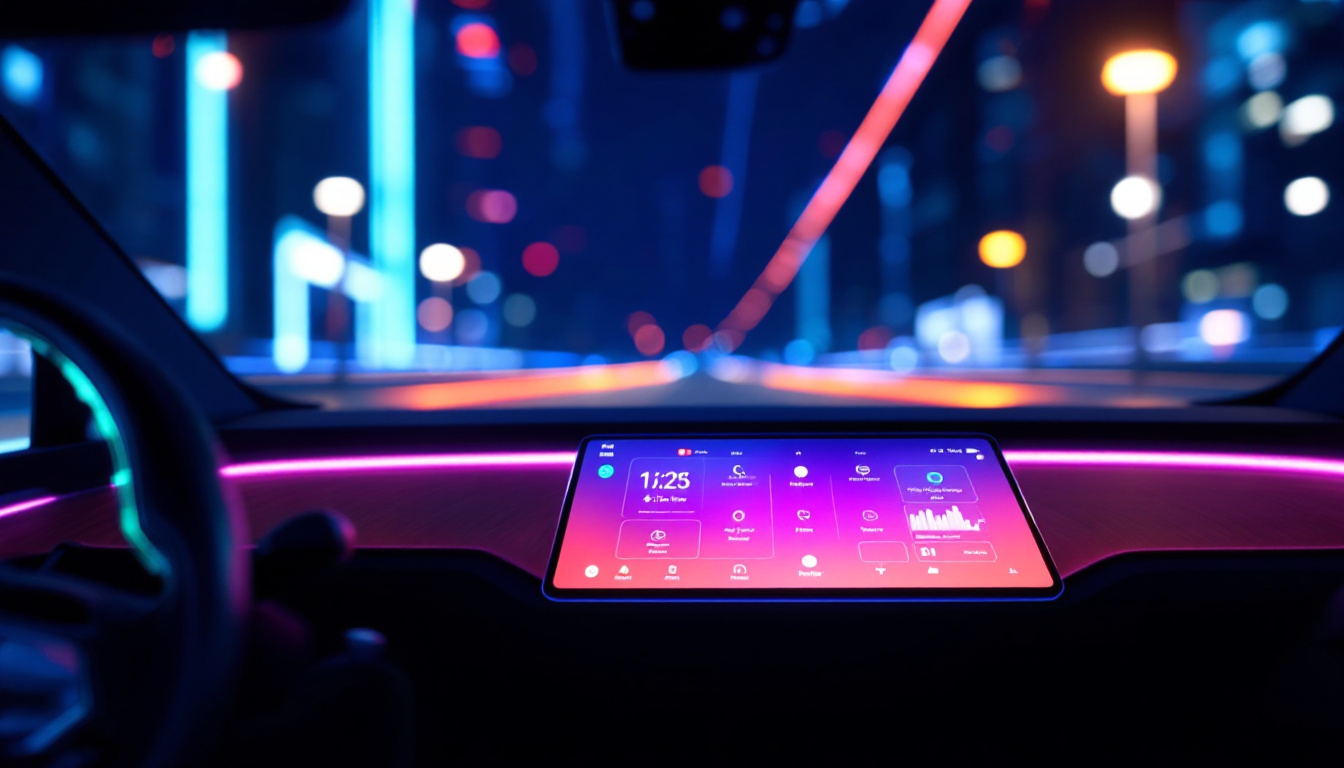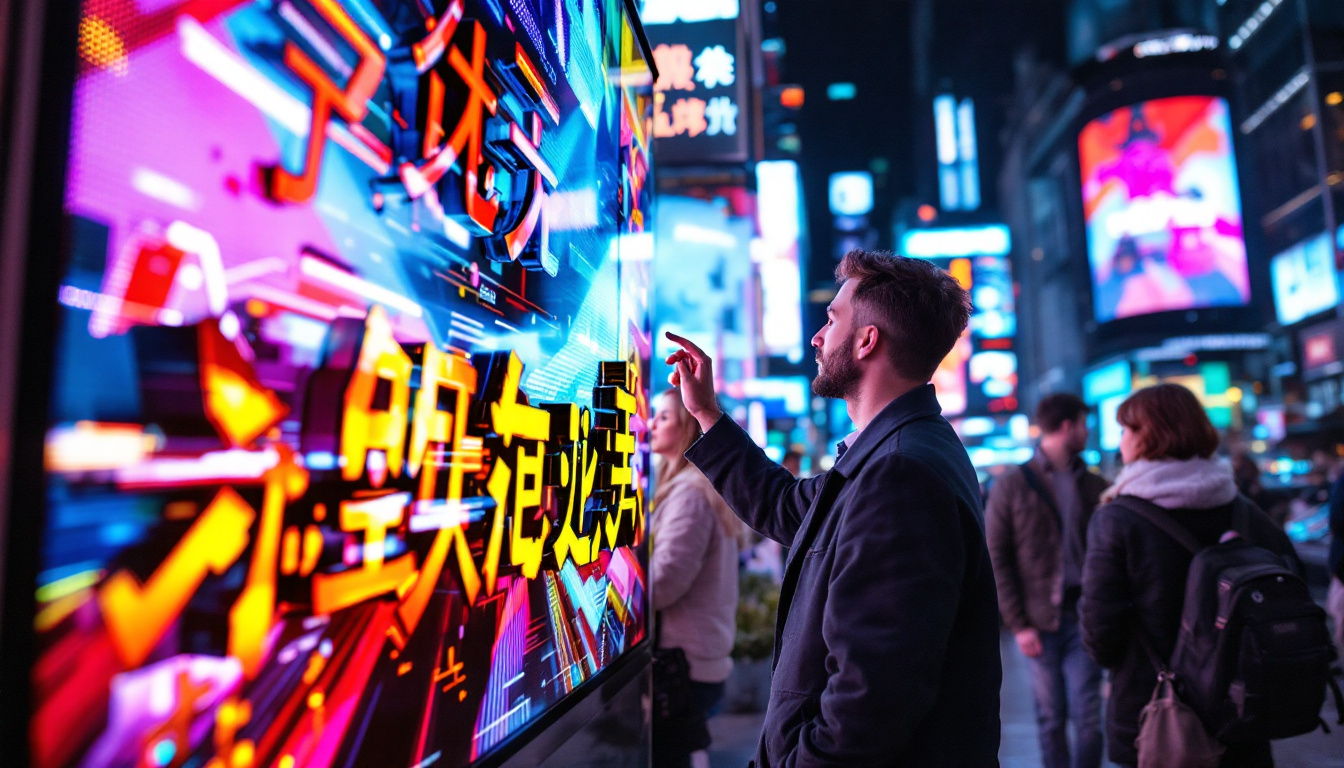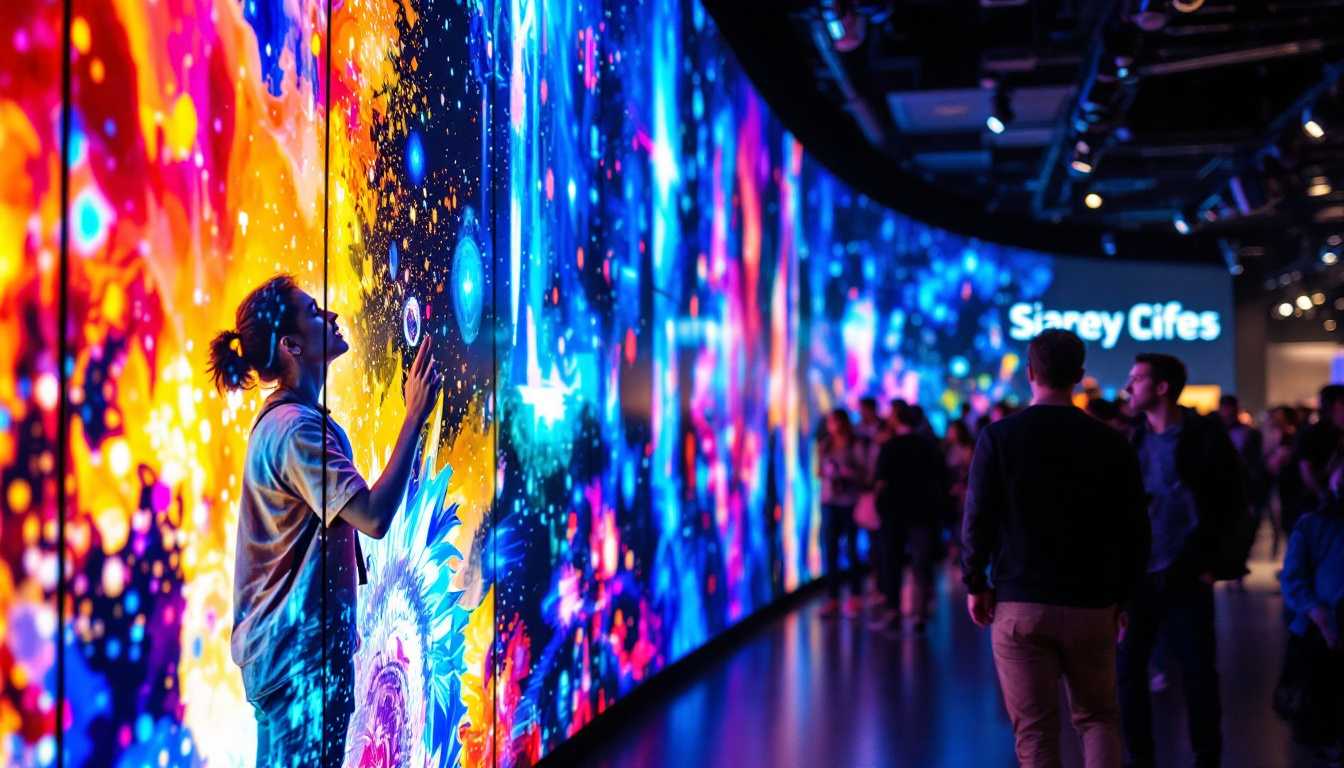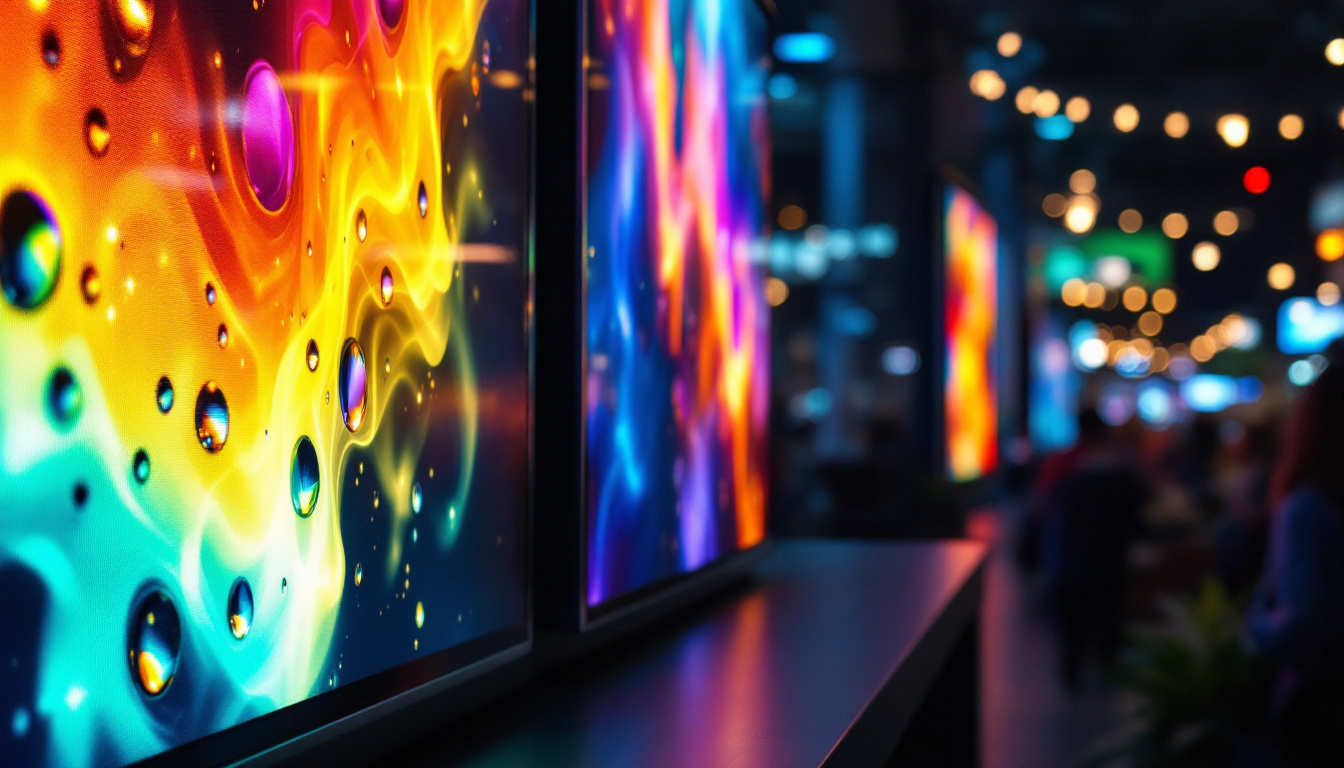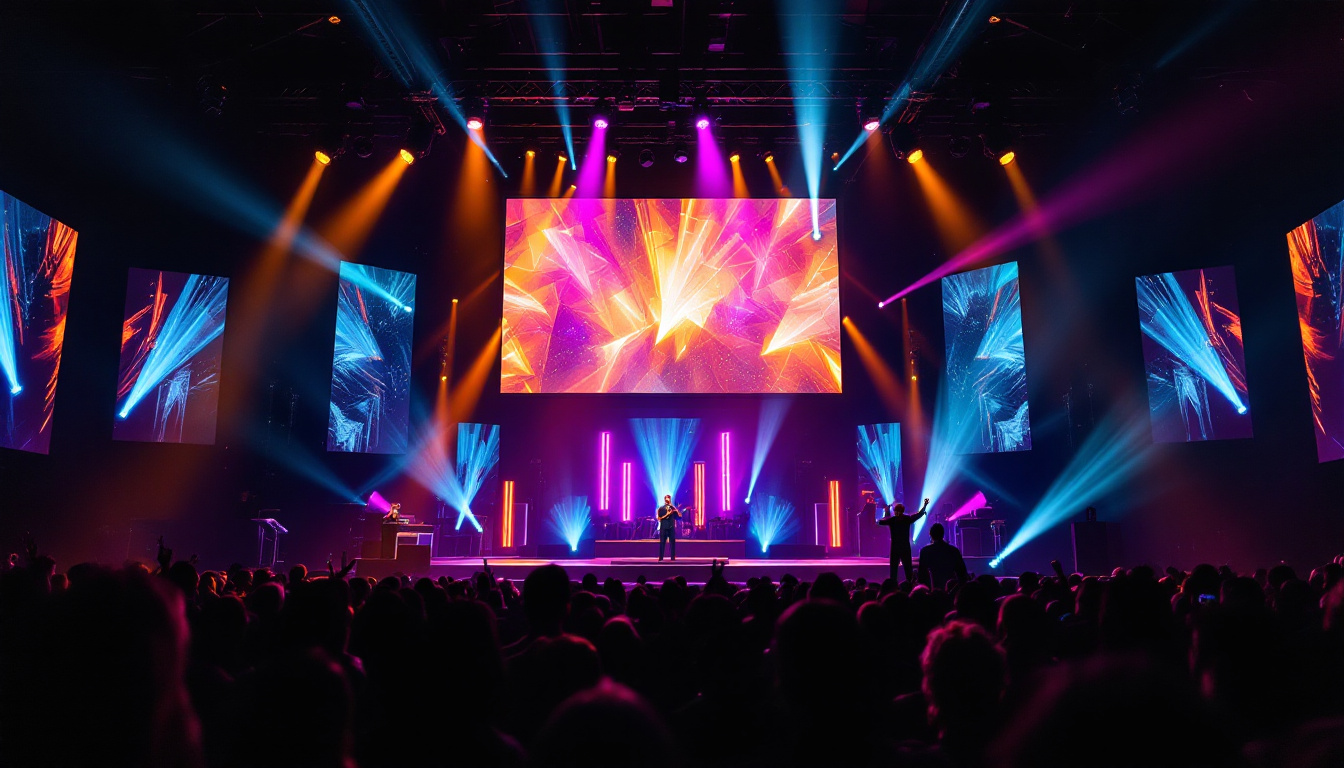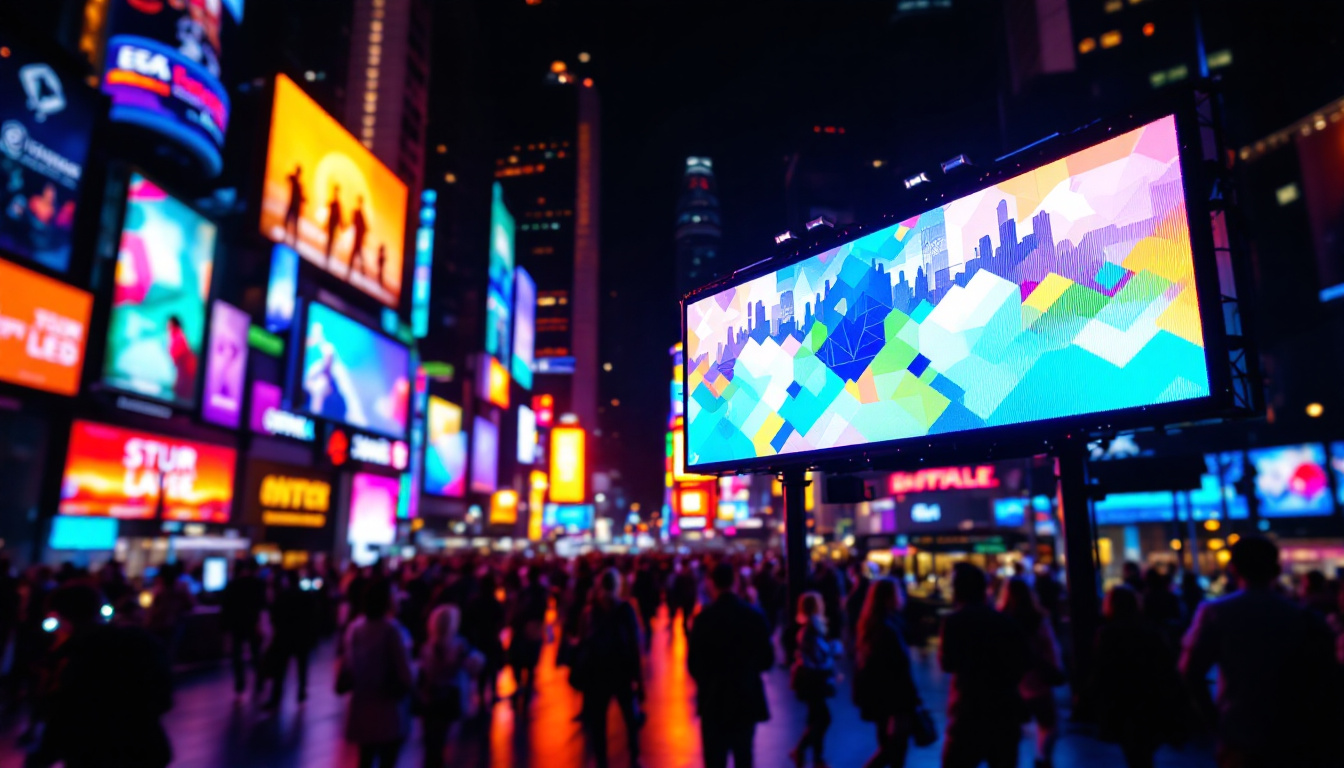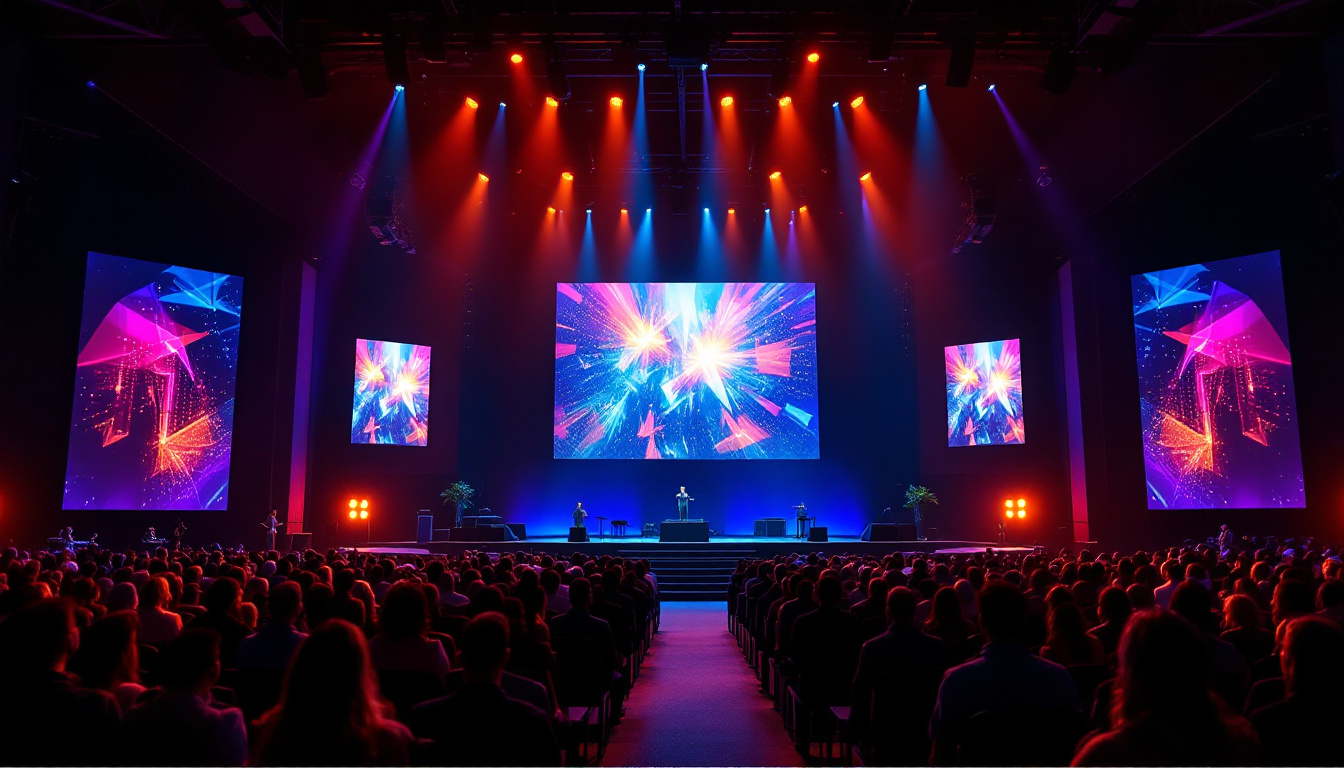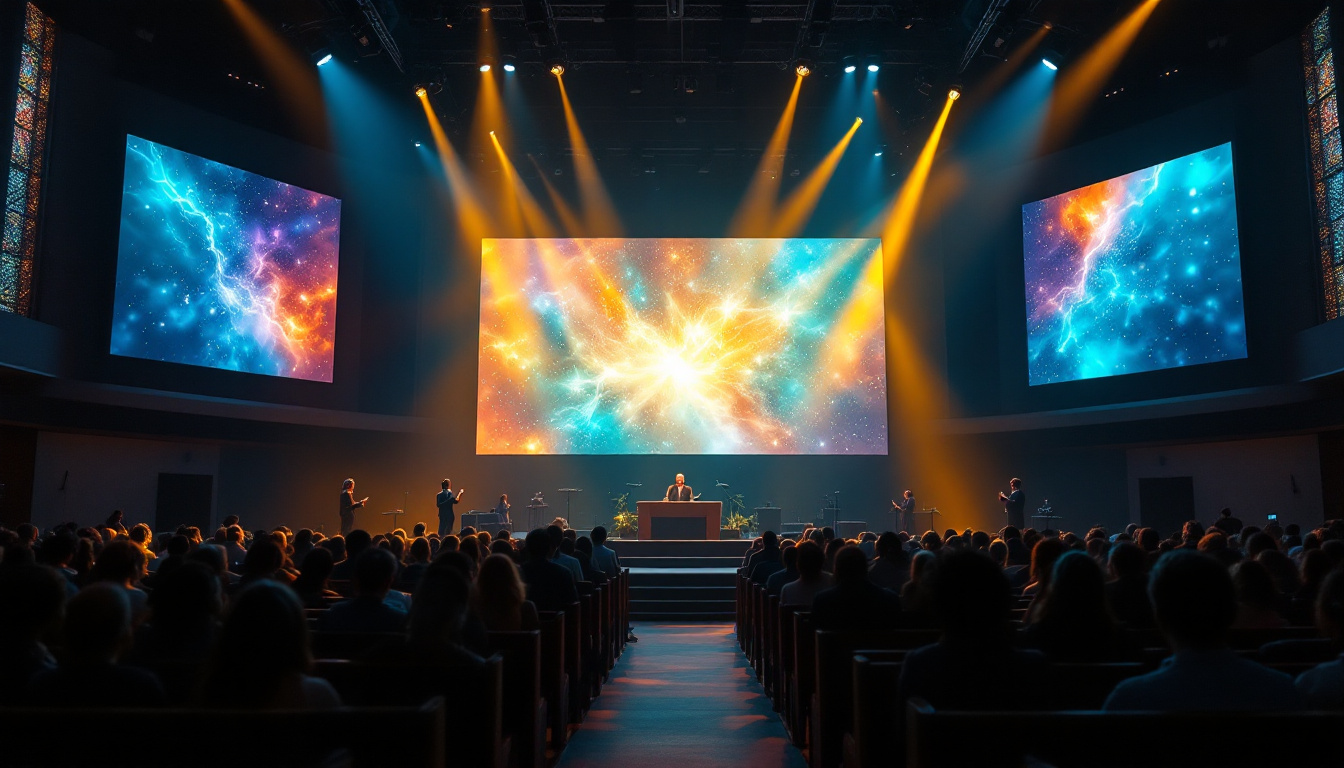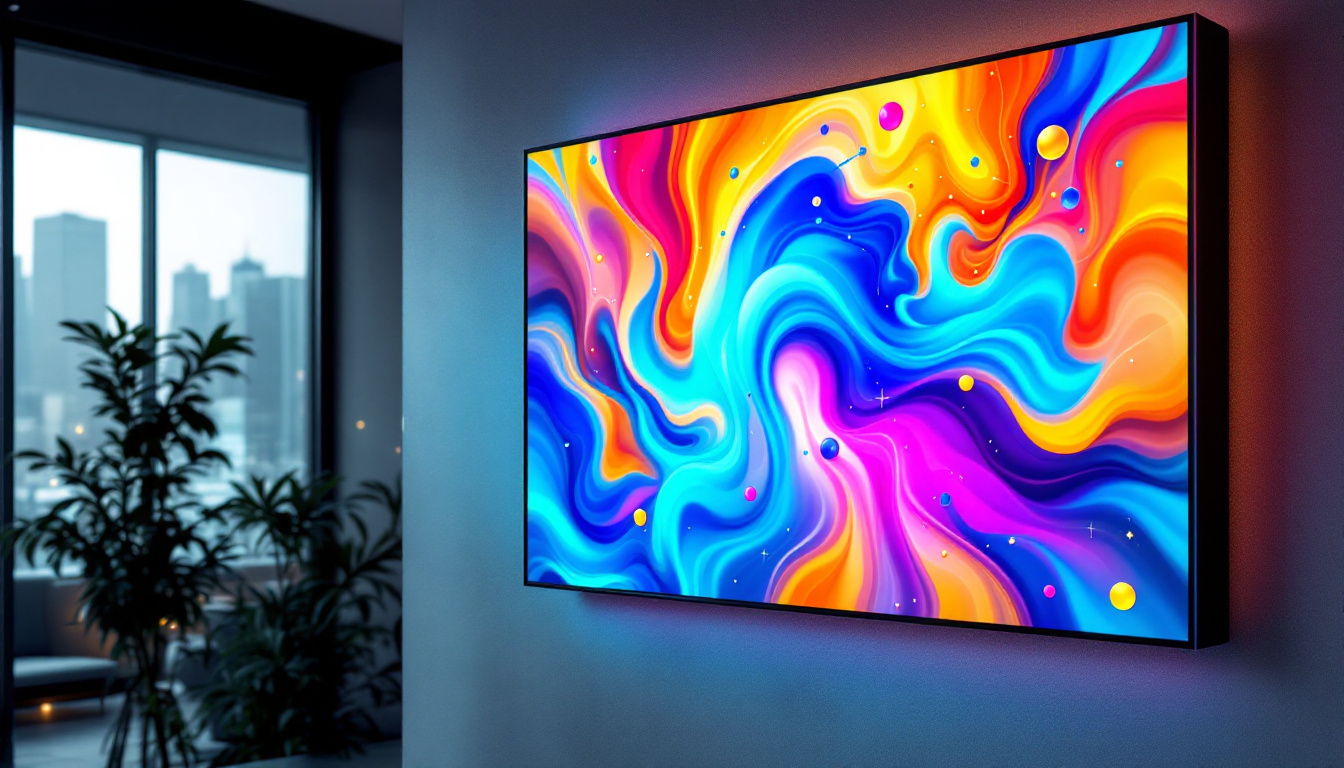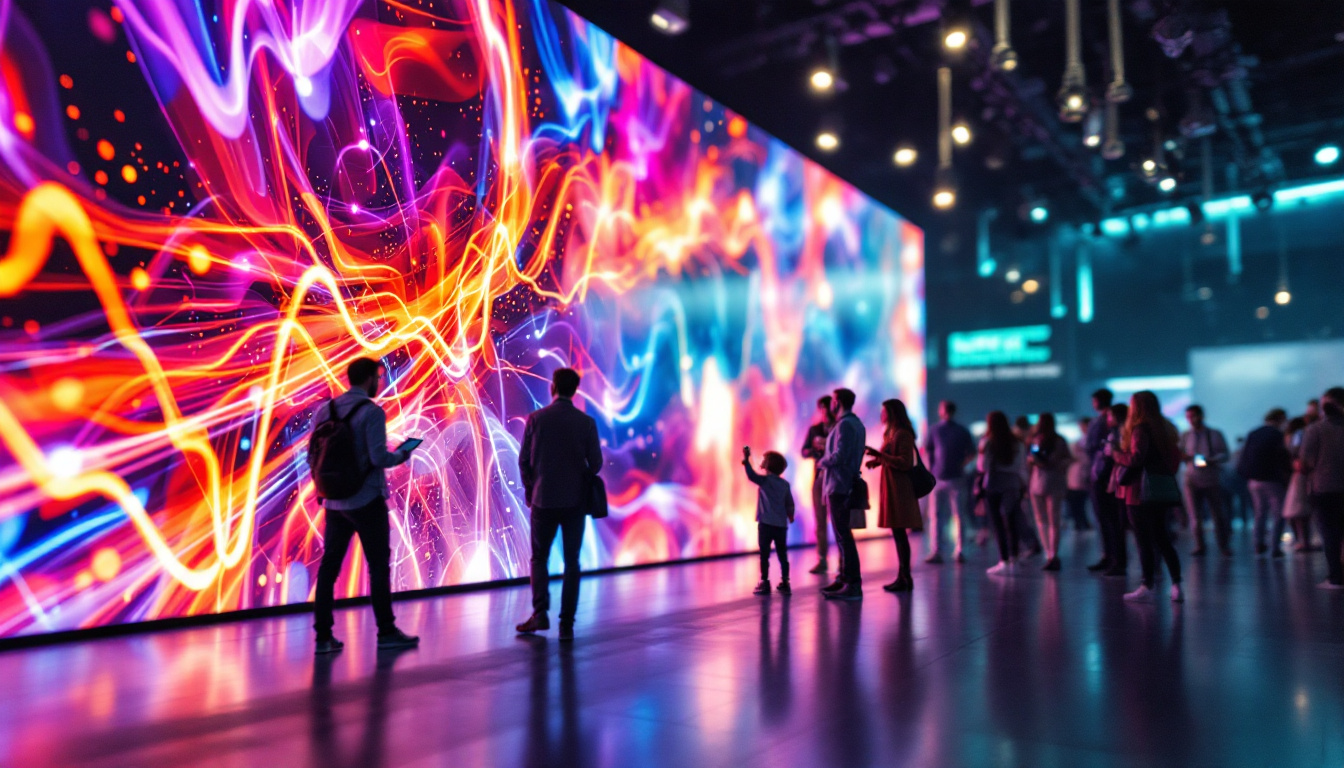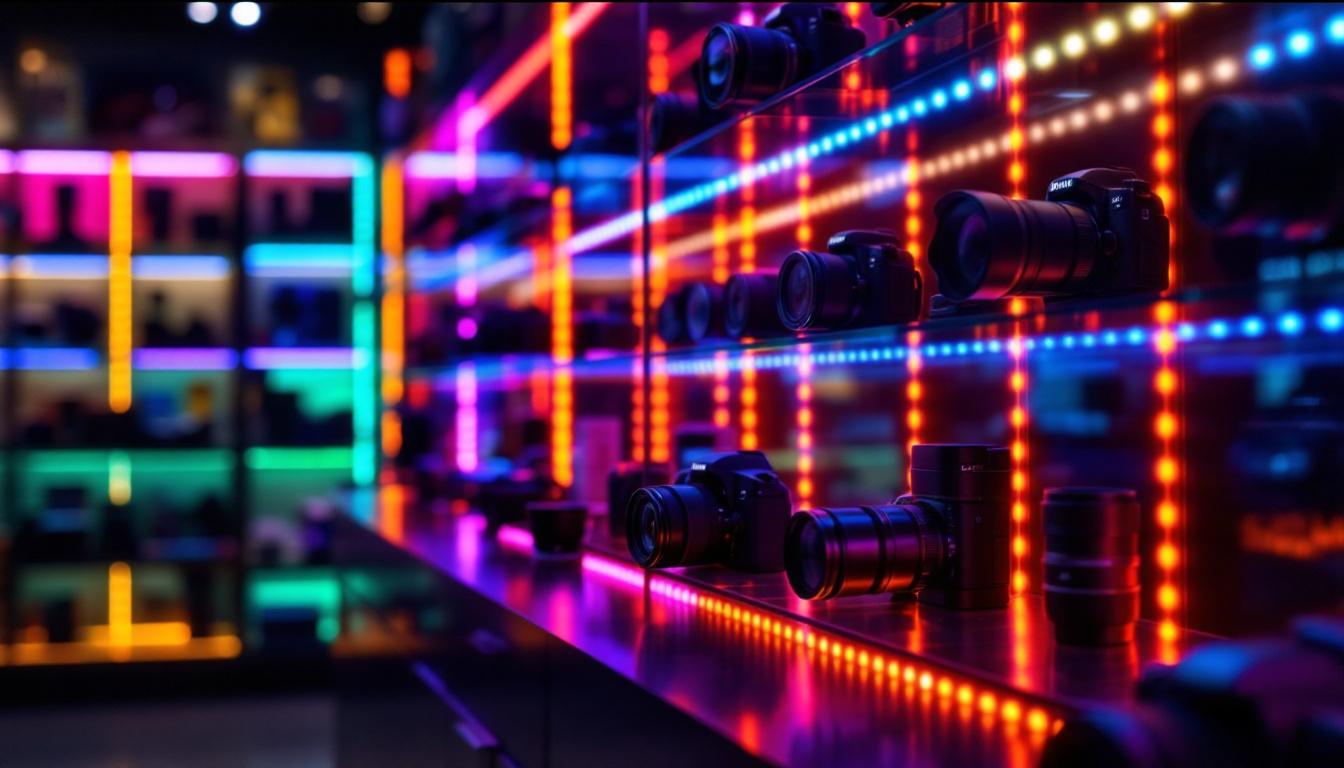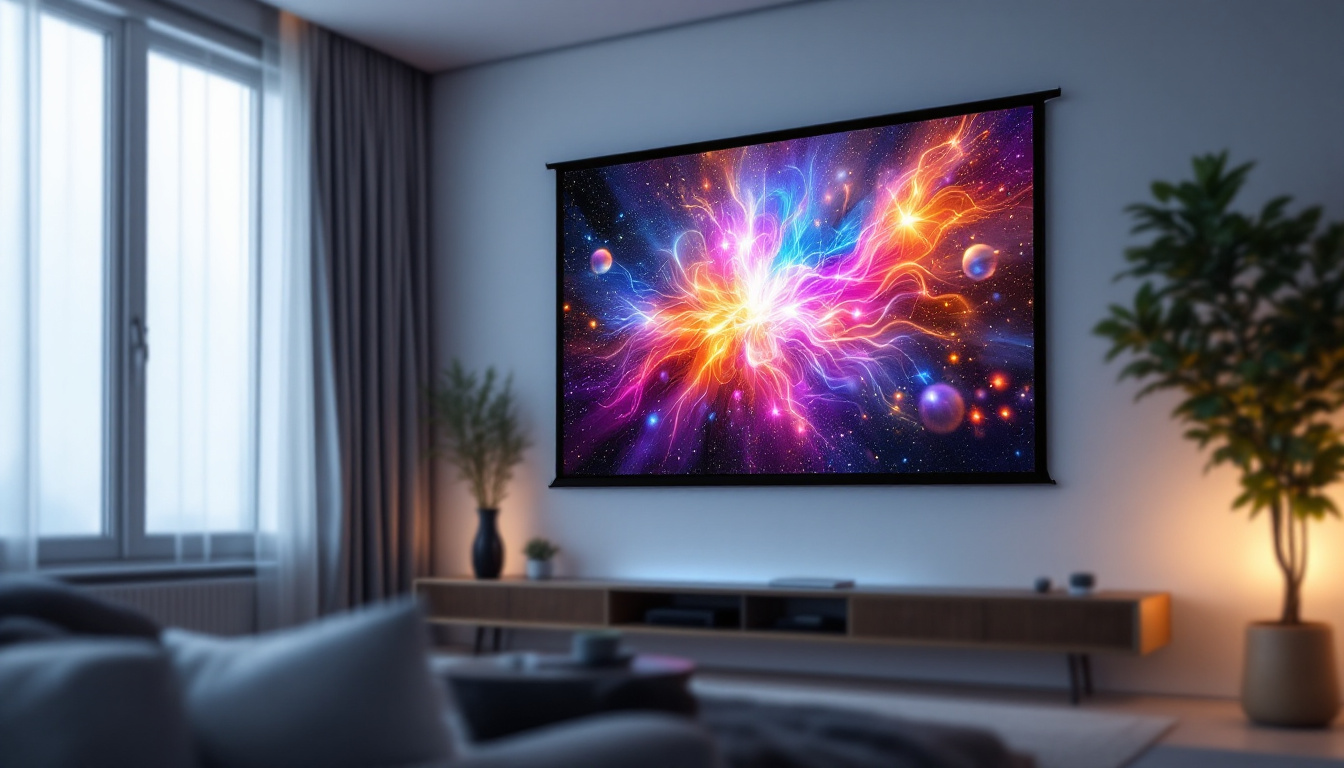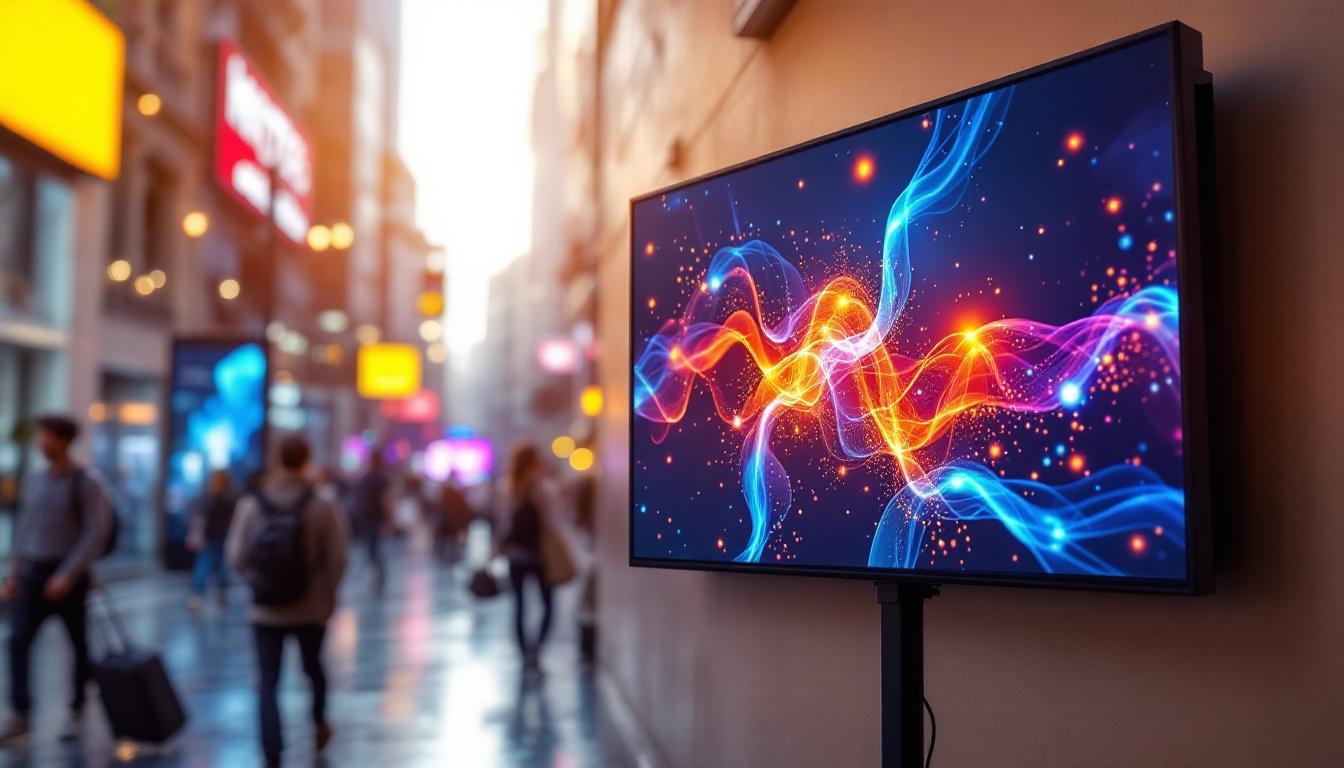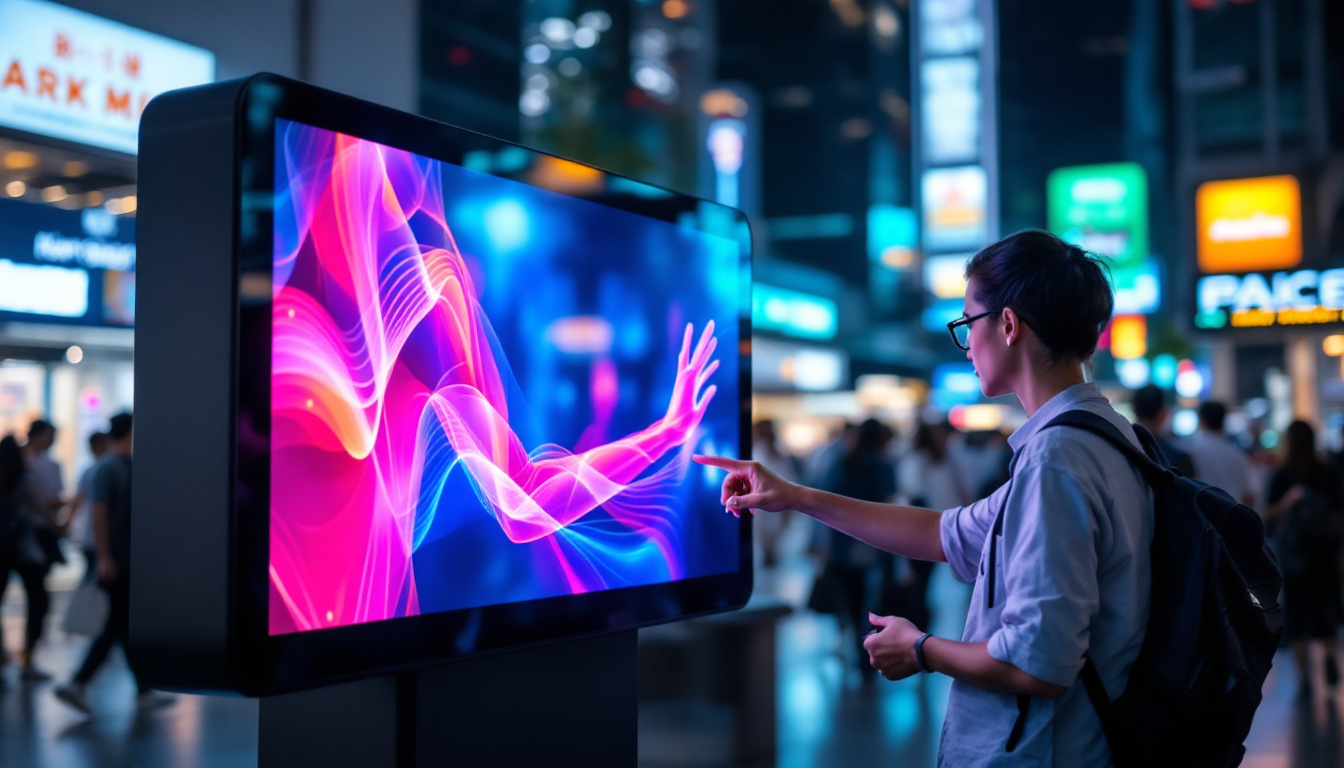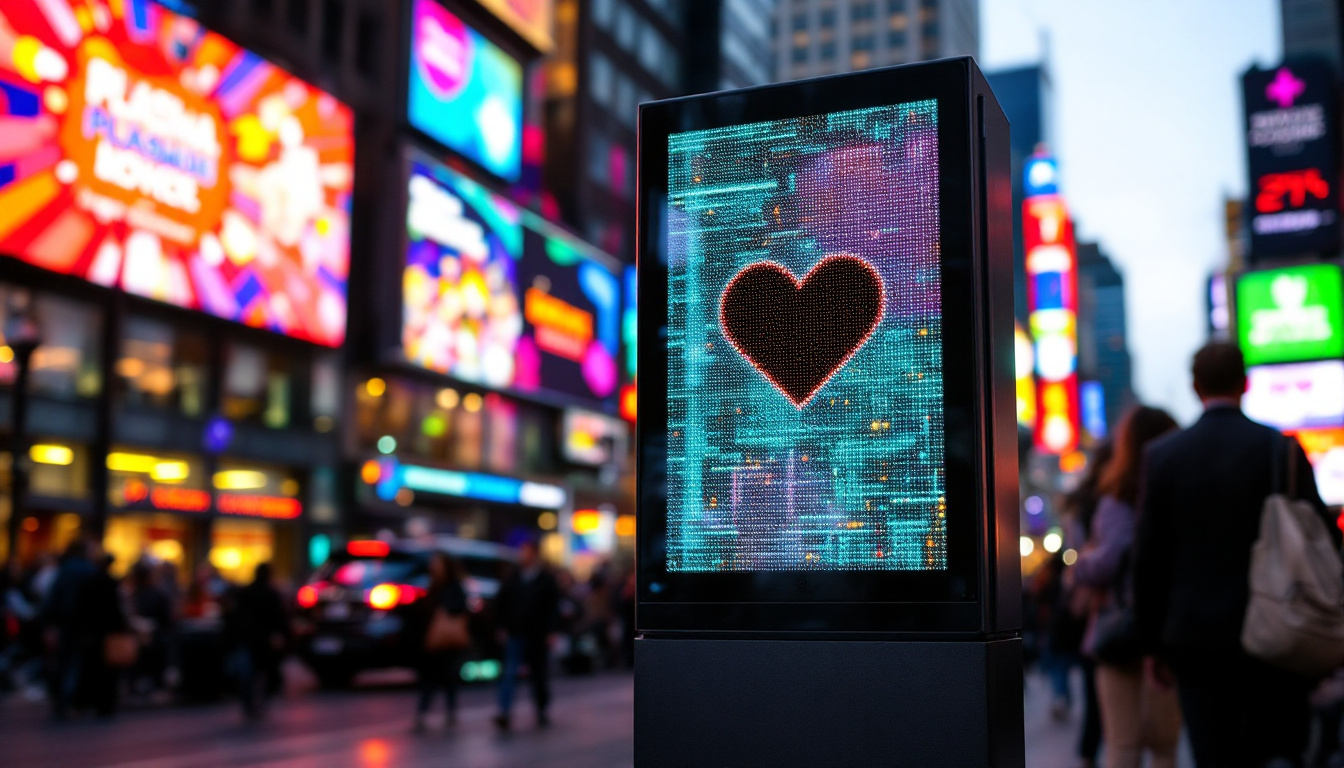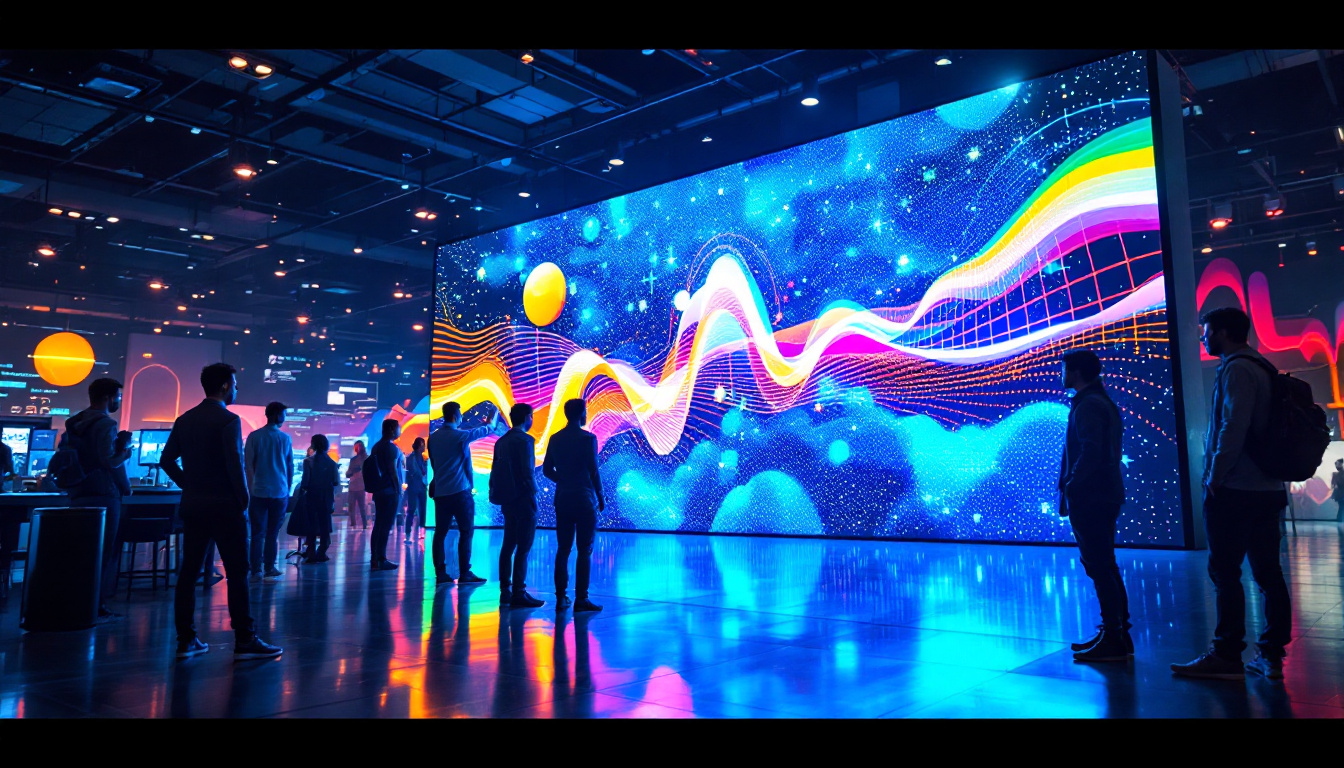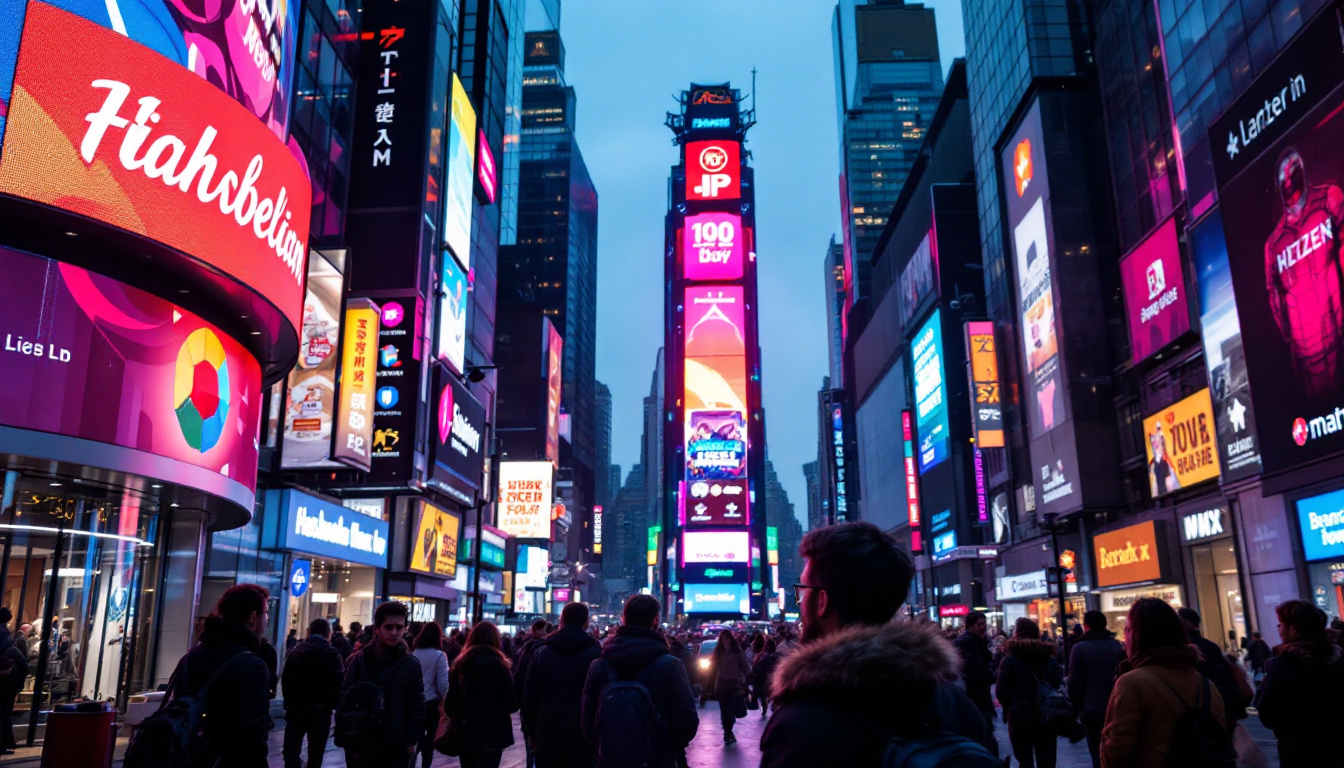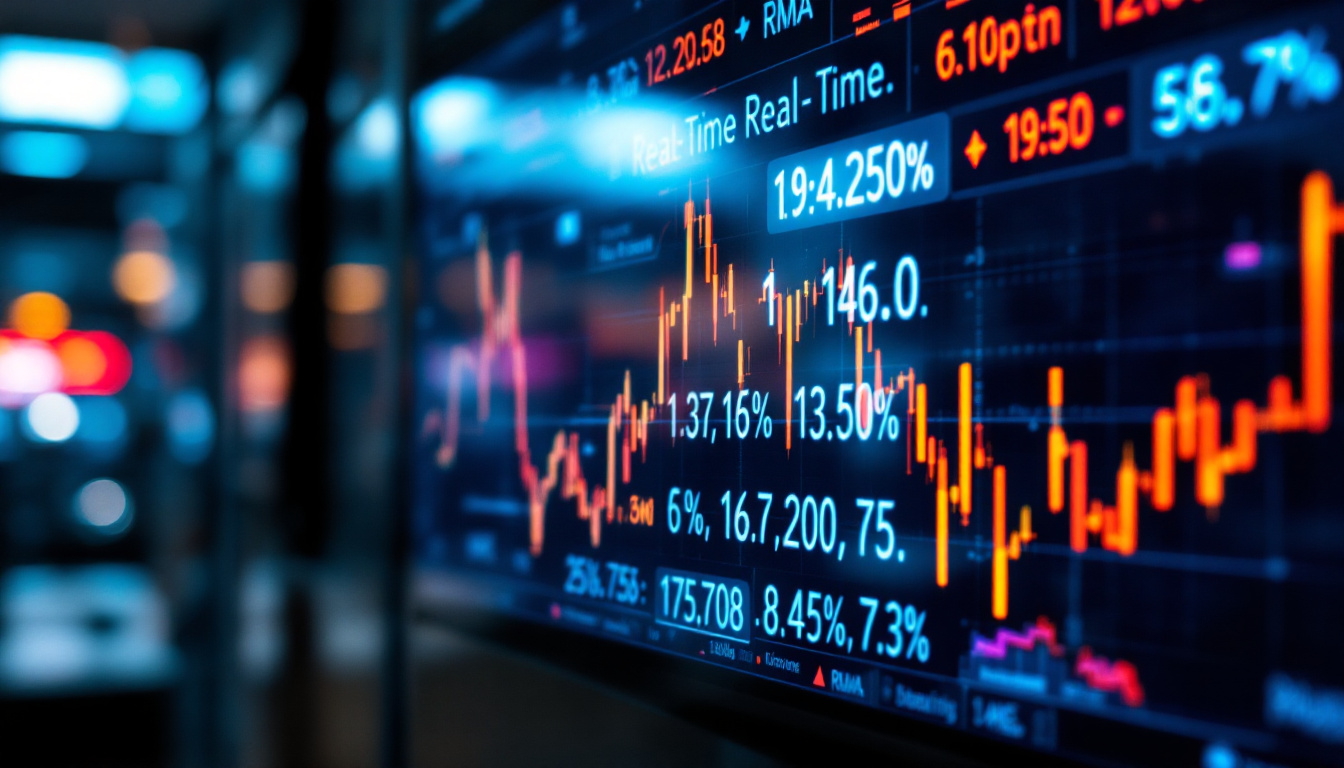In the ever-evolving landscape of advertising and communication, digital LED signs have emerged as a powerful tool for businesses and organizations. These vibrant displays not only capture attention but also convey messages in a dynamic and engaging way. This article delves into the world of digital LED signs, exploring their technology, applications, advantages, and future trends.
Understanding LED Technology
Light Emitting Diodes (LEDs) are the backbone of digital LED signs. Unlike traditional light sources, LEDs are semiconductor devices that emit light when an electric current passes through them. This technology has revolutionized the way we display information, offering numerous benefits over conventional signage. With their energy efficiency and long lifespan, LEDs not only reduce operational costs but also contribute to environmental sustainability, making them a preferred choice for businesses aiming to lower their carbon footprint.
How LEDs Work
At the heart of LED technology is the principle of electroluminescence. When electrons move through a semiconductor material, they release energy in the form of photons, which we perceive as light. The color of the light emitted depends on the materials used in the semiconductor. By combining different colors, a full spectrum of hues can be achieved, allowing for vibrant and eye-catching displays. This versatility in color production enables businesses to tailor their signage to match branding requirements or seasonal themes, enhancing their marketing strategies.
LEDs are categorized into two types: individual LEDs and pixel-based displays. Individual LEDs are often used in simple applications, while pixel-based displays consist of multiple LEDs arranged in a grid, enabling the creation of complex images and animations. The advancements in technology have also led to the development of smart LED systems that can be programmed for dynamic content changes, allowing businesses to engage customers with real-time information and promotions.
Types of LED Displays
LED displays come in various forms, each tailored to specific applications. Common types include:
- Indoor LED Displays: These are designed for use in controlled environments, such as shopping malls, airports, and conference centers. They typically have a higher pixel density, resulting in sharper images and text. Indoor displays can also incorporate interactive features, allowing users to engage with the content through touch or motion sensors.
- Outdoor LED Displays: Built to withstand the elements, outdoor LED displays are brighter and more durable. They are often used for billboards, sports arenas, and public transportation stations. These displays are engineered to maintain visibility even in direct sunlight, ensuring that messages are seen clearly at all times.
- Mobile LED Displays: These portable units are mounted on trucks or trailers, allowing for easy transport and setup at events, festivals, and parades. Mobile displays provide a flexible advertising solution, as they can be positioned in high-traffic areas to maximize exposure and reach diverse audiences.
In addition to these common types, there are also specialized LED displays such as transparent LED screens, which are used in retail environments to create stunning visual effects without obstructing the view of products behind them. Furthermore, advancements in LED technology have led to the emergence of flexible LED displays, which can be bent and shaped to fit unique installations, offering even more creative possibilities for advertisers and designers alike.
Applications of Digital LED Signs
Digital LED signs have found their way into numerous industries, transforming how information is shared with the public. Their versatility makes them suitable for a wide range of applications.
Advertising and Marketing
One of the most prominent uses of digital LED signs is in advertising. Businesses leverage these displays to showcase promotions, new products, and brand messages. The ability to change content quickly and easily allows for real-time marketing, adapting to current trends and customer preferences.
Moreover, the bright and dynamic nature of LED displays captures attention more effectively than static signs, leading to increased foot traffic and potential sales. Retailers, restaurants, and service providers have all benefited from incorporating digital signage into their marketing strategies.
Information Dissemination
Beyond advertising, digital LED signs serve as effective tools for information dissemination. public institutions, such as schools, hospitals, and government buildings, utilize these displays to communicate important messages to the community. This can include announcements, event schedules, and emergency alerts.
In transportation hubs, digital LED signs provide real-time updates on schedules, delays, and other critical information, enhancing the overall experience for travelers. The ability to update content instantly ensures that audiences receive the most accurate information available.
Entertainment and Events
In the realm of entertainment, digital LED signs play a crucial role in enhancing the experience for audiences. Concerts, sports events, and festivals often feature large LED displays that showcase live feeds, graphics, and promotional content. These displays create an immersive environment, engaging attendees and amplifying the event’s atmosphere.
Furthermore, event organizers can use LED signs to convey messages, such as schedules, sponsor information, and safety instructions, ensuring that attendees remain informed throughout the event.
Advantages of Digital LED Signs
Digital LED signs offer numerous advantages over traditional signage, making them a preferred choice for many businesses and organizations. Understanding these benefits can help in making informed decisions regarding signage solutions.
Cost-Effectiveness
While the initial investment in digital LED signs may be higher than traditional signage, the long-term cost savings are significant. LED technology is energy-efficient, consuming less power than incandescent or fluorescent lights. This reduction in energy consumption translates into lower utility bills over time.
Additionally, the durability of LED displays means less frequent replacements and maintenance. Unlike traditional signs that may fade or deteriorate, LED displays maintain their brightness and quality for years, providing a better return on investment.
Flexibility and Customization
One of the standout features of digital LED signs is their flexibility. Businesses can easily update content to reflect changing promotions, seasonal messages, or event information. This adaptability allows for a more dynamic approach to marketing and communication.
Moreover, customization options are virtually limitless. From graphics and animations to text and colors, businesses can tailor their displays to align with their branding and messaging, ensuring a unique and engaging viewer experience.
Enhanced Visibility
Digital LED signs are designed to be bright and eye-catching, making them highly visible even in direct sunlight. This enhanced visibility ensures that messages reach a wider audience, increasing the likelihood of engagement and interaction.
The use of animations and vibrant colors further draws attention, making it easier for businesses to stand out in competitive environments. Whether in a busy urban setting or a quiet neighborhood, digital LED signs can effectively capture the attention of passersby.
Challenges and Considerations
Despite their many advantages, digital LED signs are not without challenges. Businesses must consider various factors when integrating this technology into their operations.
Initial Investment and Installation
The upfront cost of purchasing and installing digital LED signs can be a barrier for some businesses. While the long-term savings are significant, the initial investment may require careful budgeting and planning. It’s essential to conduct a thorough cost-benefit analysis to determine if the investment aligns with business goals.
Additionally, installation can be complex, requiring professional assistance to ensure that the display is set up correctly and safely. This added cost must be factored into the overall budget.
Content Management
Managing content on digital LED signs can be a challenge, especially for businesses with multiple locations or frequently changing messages. A robust content management system is essential to streamline the process and ensure that displays are updated consistently and accurately.
Training staff on how to use the content management system effectively is also crucial. Without proper training, the potential of digital signage may not be fully realized, leading to missed opportunities for engagement.
Regulatory Compliance
Businesses must also navigate local regulations and zoning laws regarding digital signage. Some areas have strict guidelines on brightness, display duration, and content, which can impact how and where digital LED signs can be used. Understanding these regulations is essential to avoid fines and ensure compliance.
Future Trends in Digital LED Signage
The digital signage industry is continuously evolving, driven by advancements in technology and changing consumer behaviors. Several trends are shaping the future of digital LED signs.
Integration with Smart Technology
As smart technology becomes increasingly prevalent, the integration of digital LED signs with smart systems is on the rise. This includes the use of sensors, data analytics, and artificial intelligence to optimize content delivery and enhance user engagement.
For instance, businesses can use data analytics to determine peak traffic times and adjust content accordingly, ensuring that the most relevant messages reach the audience when they are most likely to engage.
Interactive Displays
Interactive digital LED signs are gaining popularity, allowing users to engage directly with the content. Touch screens, QR codes, and augmented reality features enable a more immersive experience, encouraging audience participation and interaction.
This trend is particularly effective in retail environments, where customers can access additional information, promotions, or even make purchases directly through the display.
Sustainability Initiatives
As environmental concerns continue to grow, the demand for sustainable signage solutions is increasing. Manufacturers are focusing on creating energy-efficient LED displays that minimize environmental impact. This includes using recyclable materials and reducing energy consumption during operation.
Businesses that prioritize sustainability in their signage choices can enhance their brand image and appeal to environmentally conscious consumers.
Conclusion
Digital LED signs represent a significant advancement in the realm of advertising and communication. Their ability to capture attention, convey messages dynamically, and adapt to changing needs makes them an invaluable tool for businesses and organizations across various industries.
While there are challenges associated with their implementation, the advantages far outweigh the drawbacks. As technology continues to evolve, the future of digital LED signage looks promising, with exciting trends on the horizon that will further enhance their effectiveness and appeal.
Investing in digital LED signs can lead to increased visibility, improved customer engagement, and ultimately, greater success in achieving business goals. As the landscape of communication continues to change, embracing this technology is not just an option; it is becoming a necessity.
Discover the Future of Visual Communication with LumenMatrix
Ready to elevate your brand’s presence and captivate your audience with stunning visual displays? Look no further than LumenMatrix, a pioneer in LED display technology. From vibrant Indoor and Outdoor LED Wall Displays to innovative solutions like Vehicle LED Displays, LED Posters, and Custom LED Displays, LumenMatrix offers a wide array of products designed to create immersive experiences and deliver your message with unparalleled clarity. Embrace the future of advertising and enhance your customer engagement today. Check out LumenMatrix LED Display Solutions and join the revolution in visual communication.


